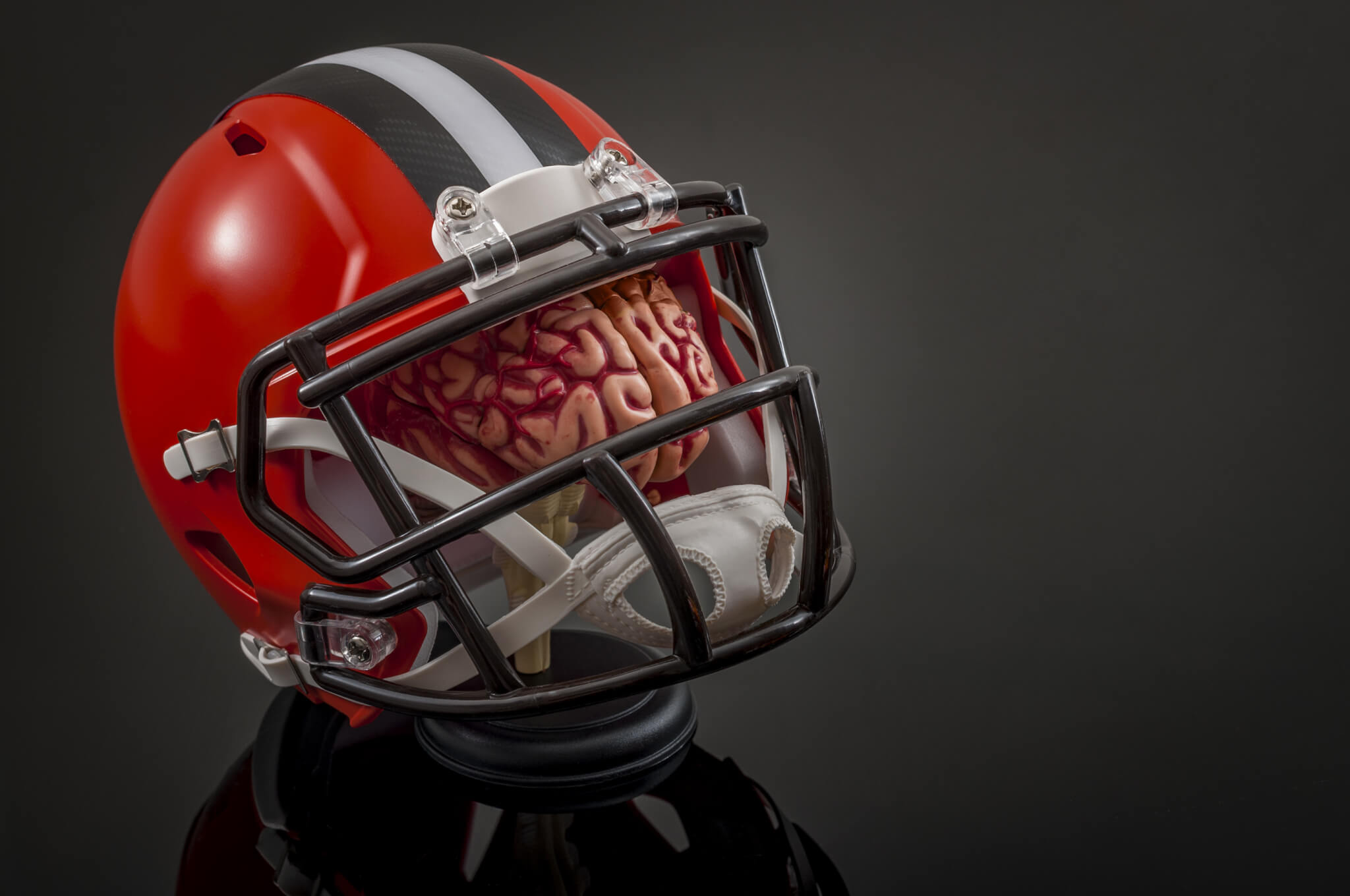BOSTON — Chronic traumatic encephalopathy is a neurodegenerative brain disease linked to head trauma — especially from contact sports like football. CTE has been associated with various cognitive, behavioral, and neurological symptoms. Unfortunately, the only way to definitively diagnose CTE right now is after a patient dies. This seriously hampers modern medicine’s understanding of the disease’s full influence on mental well-being during someone’s life. Now, groundbreaking new research from Boston University’s CTE Center is bringing science one step closer to diagnosing CTE among the living.
Decades ago, parents didn’t think twice about enrolling their kids in sports like football or hockey, and professional sports fans have historically cheered on the stiff tackle or especially hard hit in the corner. Recent years, however, have seen attitudes toward contact sports shift mightily as the reality of CTE’s connection with repeated hits to the head has become undeniable. It’s important to note, though, that it’s not just the number of years a person plays a particular hard-hitting sport that predicts CTE likelihood – it’s also the cumulative force of that head trauma.
This latest study details a clear relationship between the amount of CTE pathology, or the accumulation of a protein called p-tau in specific brain regions, and the severity of an individual’s cognitive and behavioral symptoms while alive. On a neurological level, scientists know that CTE occurs due to an accumulation of misfolded tau protein (p-tau is short for hyperphosphorylated tau). To be clear, this accumulation is quite distinct from additional aging-related changes or any other neurodegenerative disease.
“For the first time, we were able to show a clear dose-response relationship between the amount of CTE pathology and the severity of cognitive and functional symptoms, including problems with memory and executive function,” says Dr. Jesse Mez, a CTE Center co-director of clinical research and co-author on the study, in a media release.

Study authors measured levels of p-tau pathology across 11 different brain regions among a total of 364 brains with autopsy-confirmed CTE donated to BU’s UNITE Brain Bank. Researchers also asked the family and friends of the brain donors to take a series of standardized assessments intended to gather information regarding their loved one’s cognitive, functional, mood, and behavioral symptoms. Then, they analyzed the corresponding relationship between the p-tau pathology and the results of those behavioral assessments.
This strategy revealed that p-tau pathology across the brain (but most predominantly in the frontal lobe) is associated with more reported cognitive functional symptoms, such as difficulties in attention, memory, perception, and psychomotor abilities. P-tau in the frontal lobe specifically shows an association between neurobehavioral symptoms, like the reduced ability to control impulses and self-monitor behavior. Still, overall, researchers noted a higher correlation between cognition and neuro-behavior.
“A limitation of this study is the use of informants to describe the different symptoms their loved ones experienced,” explains study co-author Michael Alosco, a CTE Center co-director of clinical research and BU Chobanian & Avedisian School of Medicine associate professor of neurology. “This can offer valuable information, but we need to move toward a model where we objectively assess individuals during life and follow them until brain donation.”

While it’s true that the National Institute of Neurological Disorders and Stroke has already published criteria for diagnosing CTE before death (symptoms related to memory and executive function), those guidelines are only approved for use in research, not among patients. However, the team at BU is hopeful their latest work will further validate the symptom criteria. Ideally, the endgame here is helping living CTE patients obtain a diagnosis and treatment plan.
“These findings provide a clear step toward diagnosing CTE in life,” concludes Mez, a BU Chobanian & Avedisian School of Medicine associate professor of neurology. “Diagnosis is crucial before we can test therapies. With validated in-life diagnostic criteria, we will be able to design clinical trials for therapies.”
The study is published in the journal Molecular Neurodegeneration.
